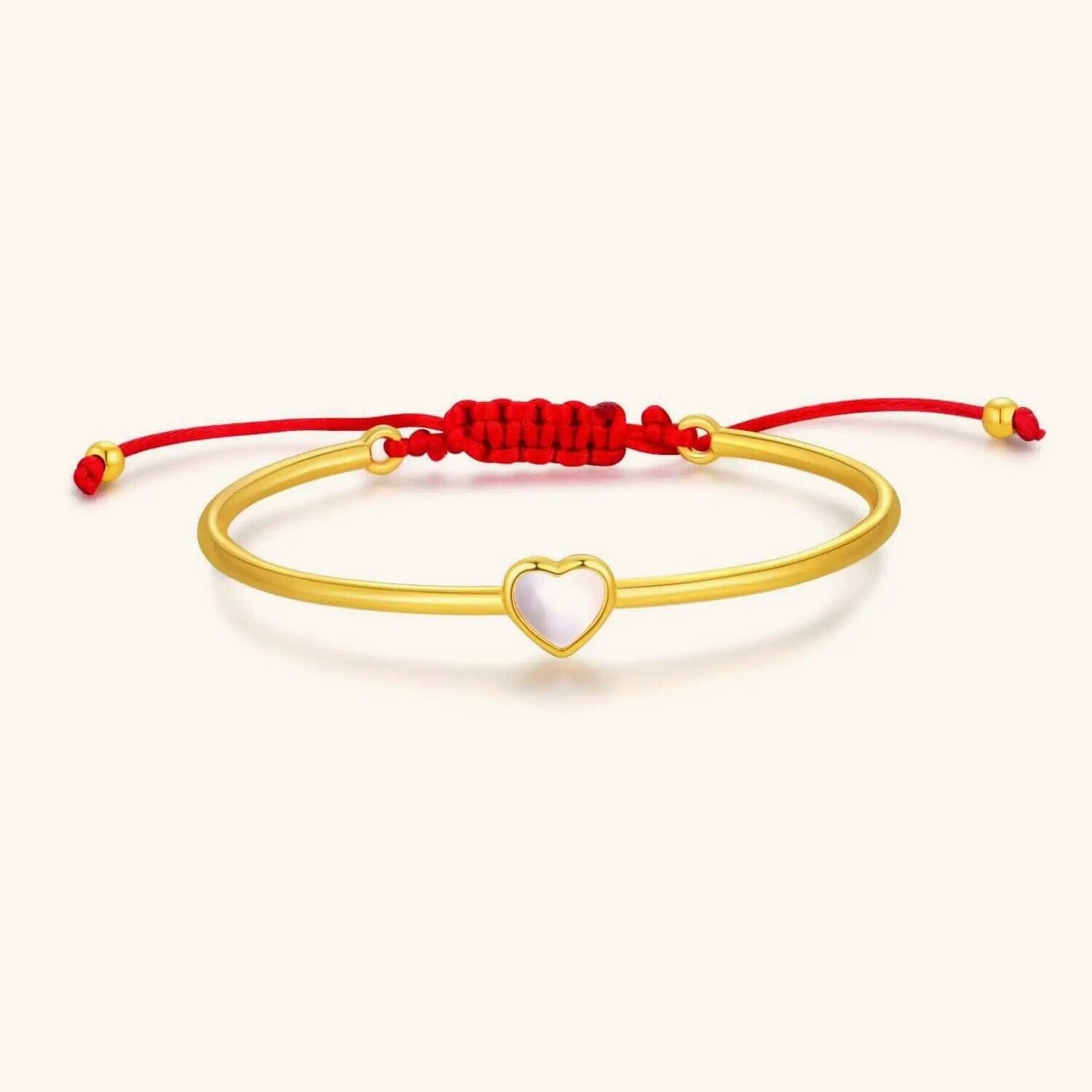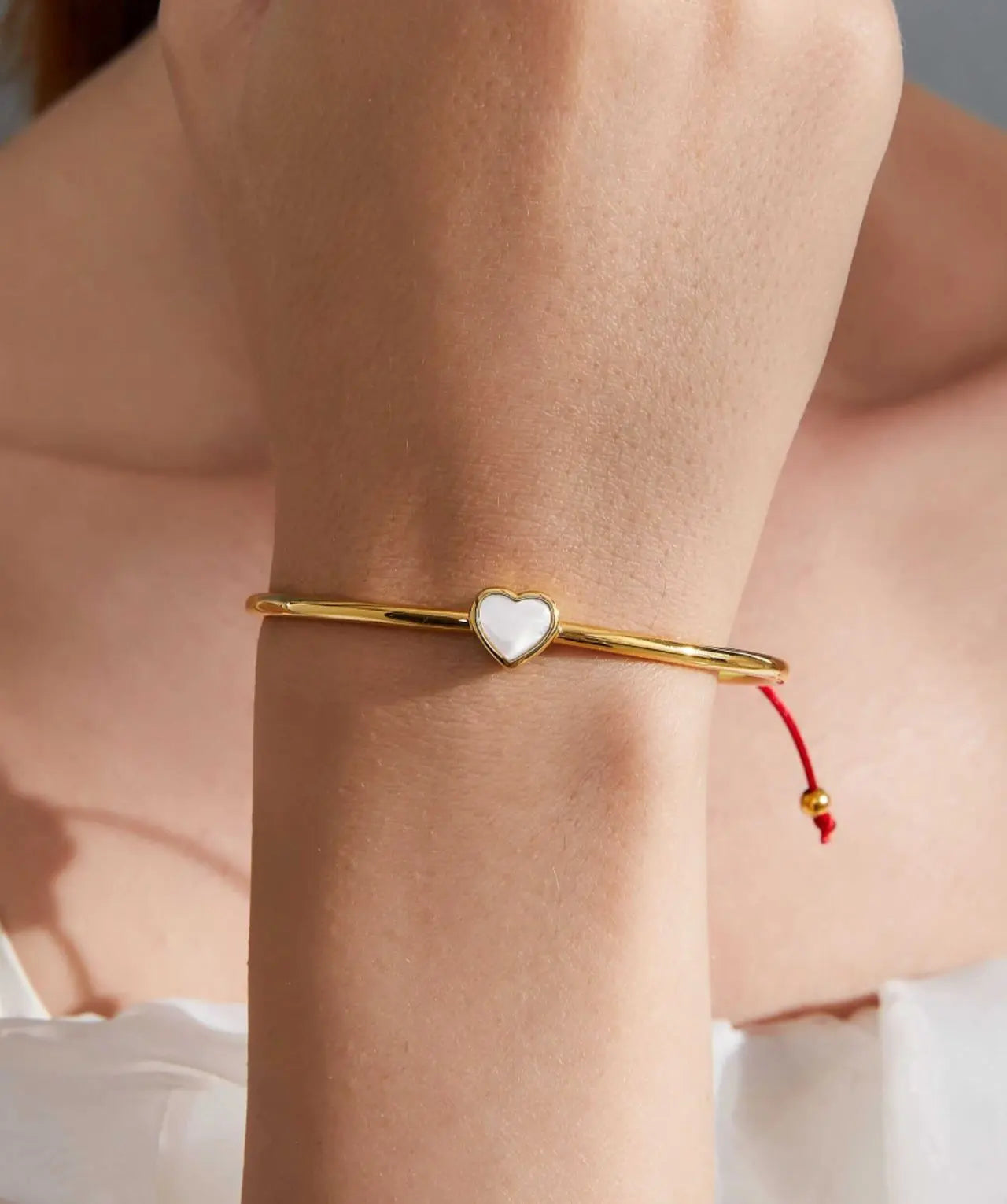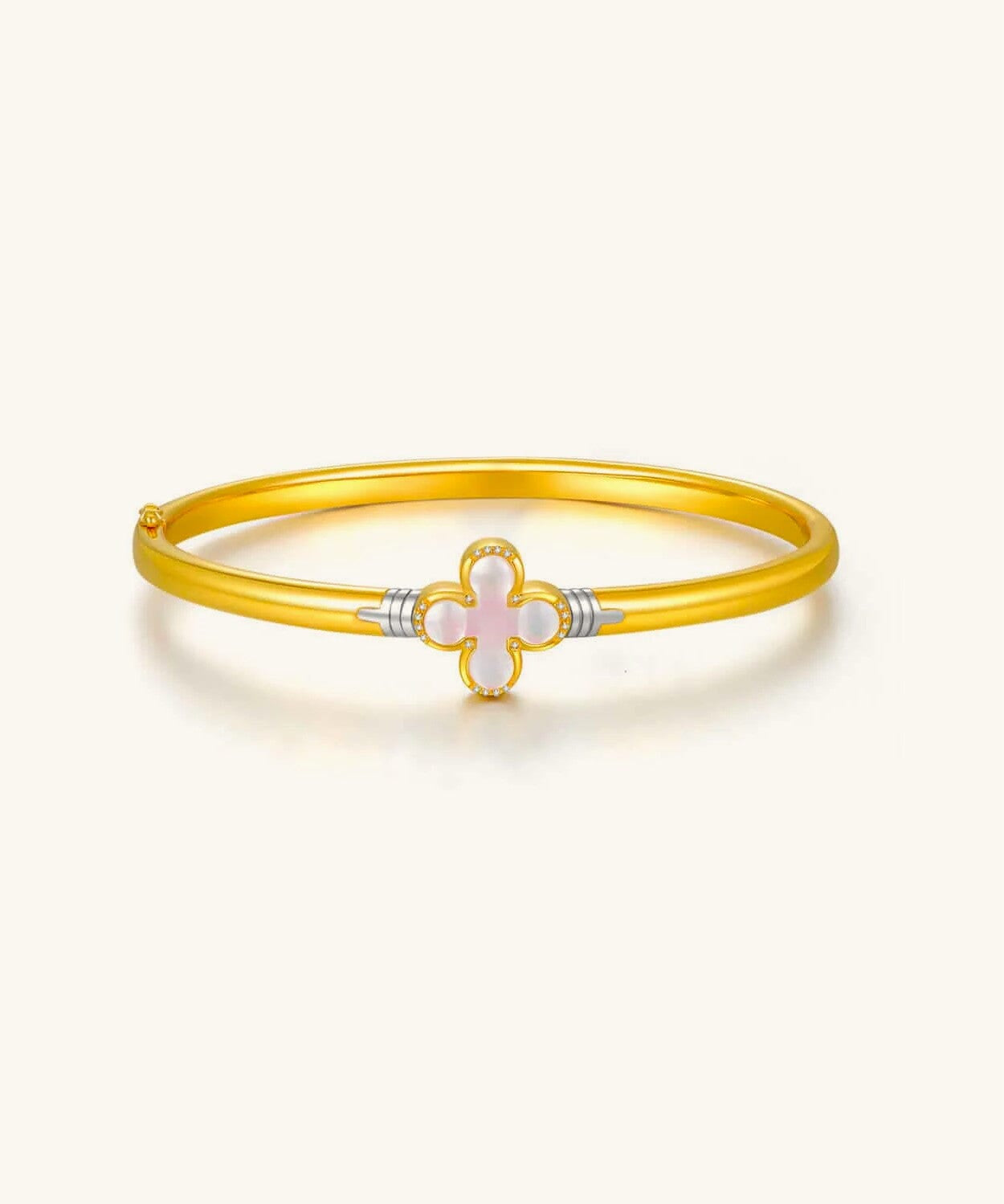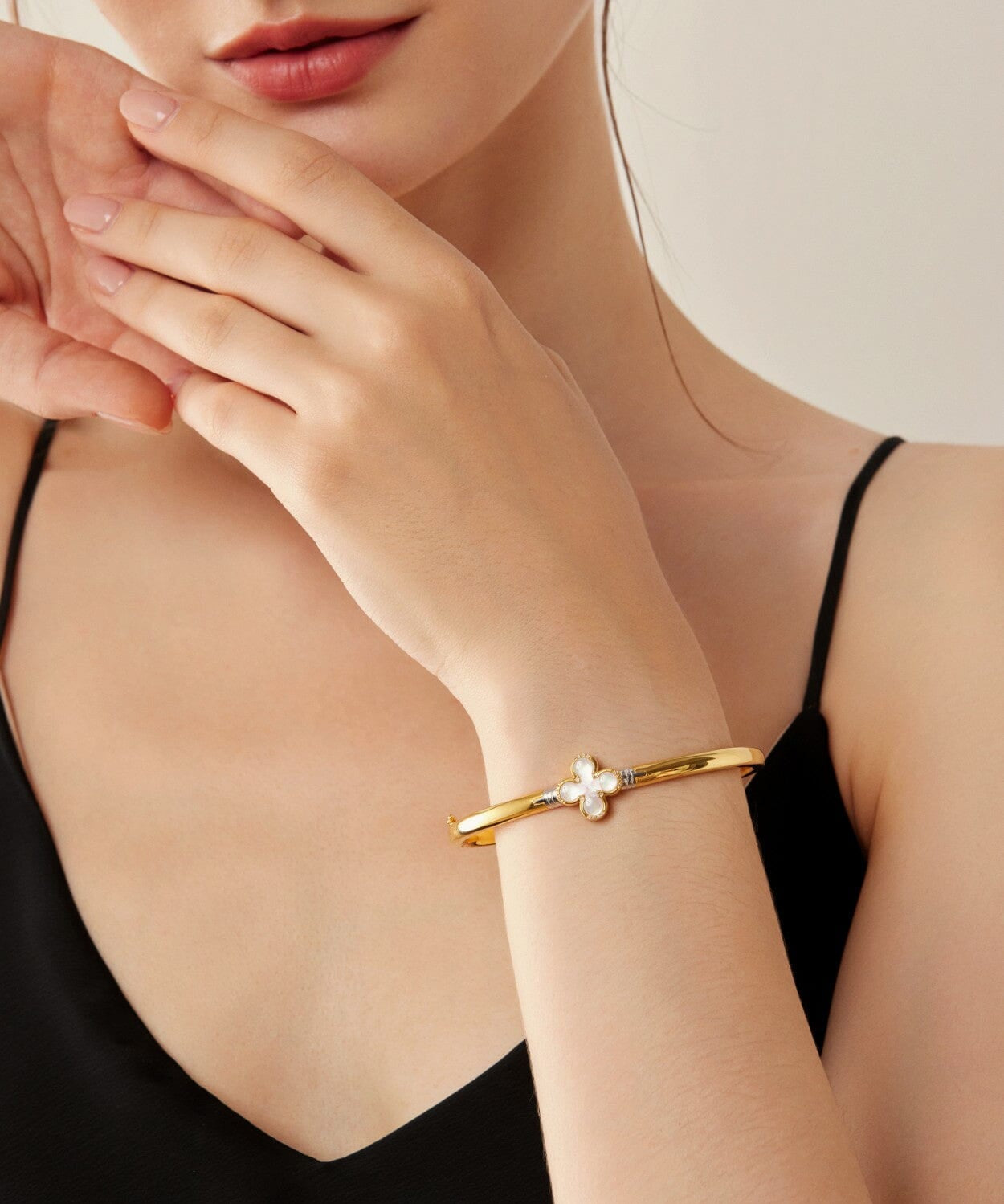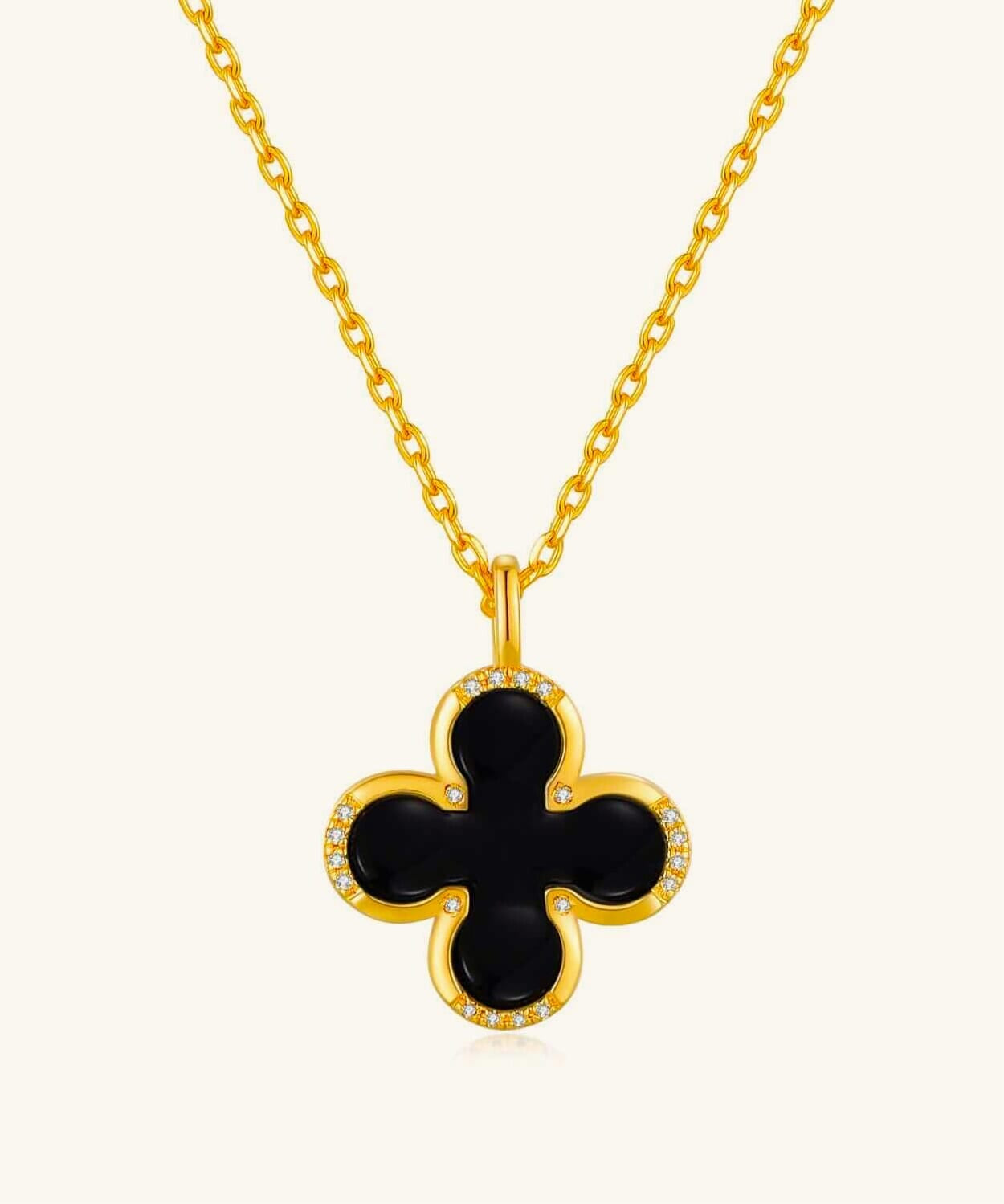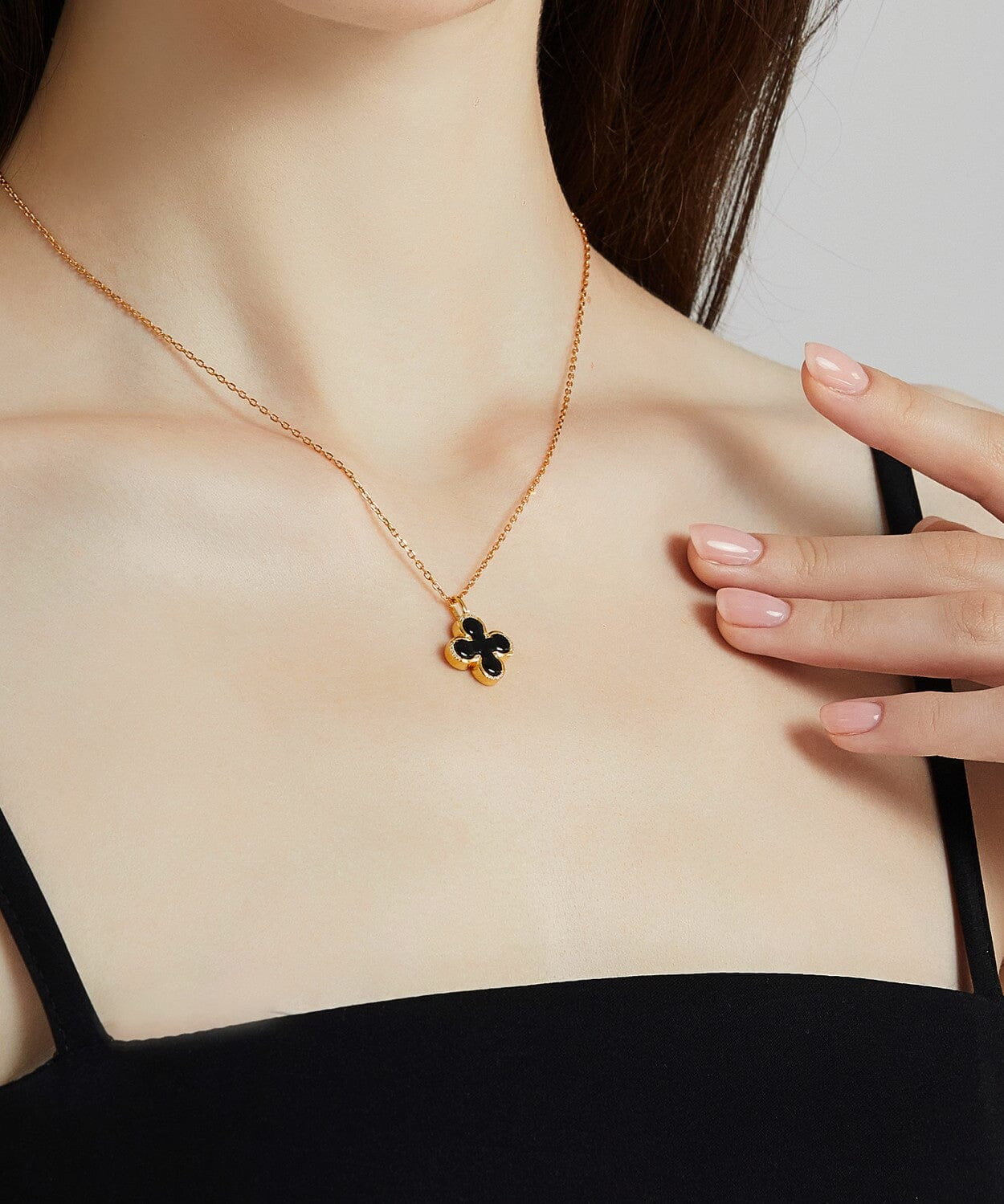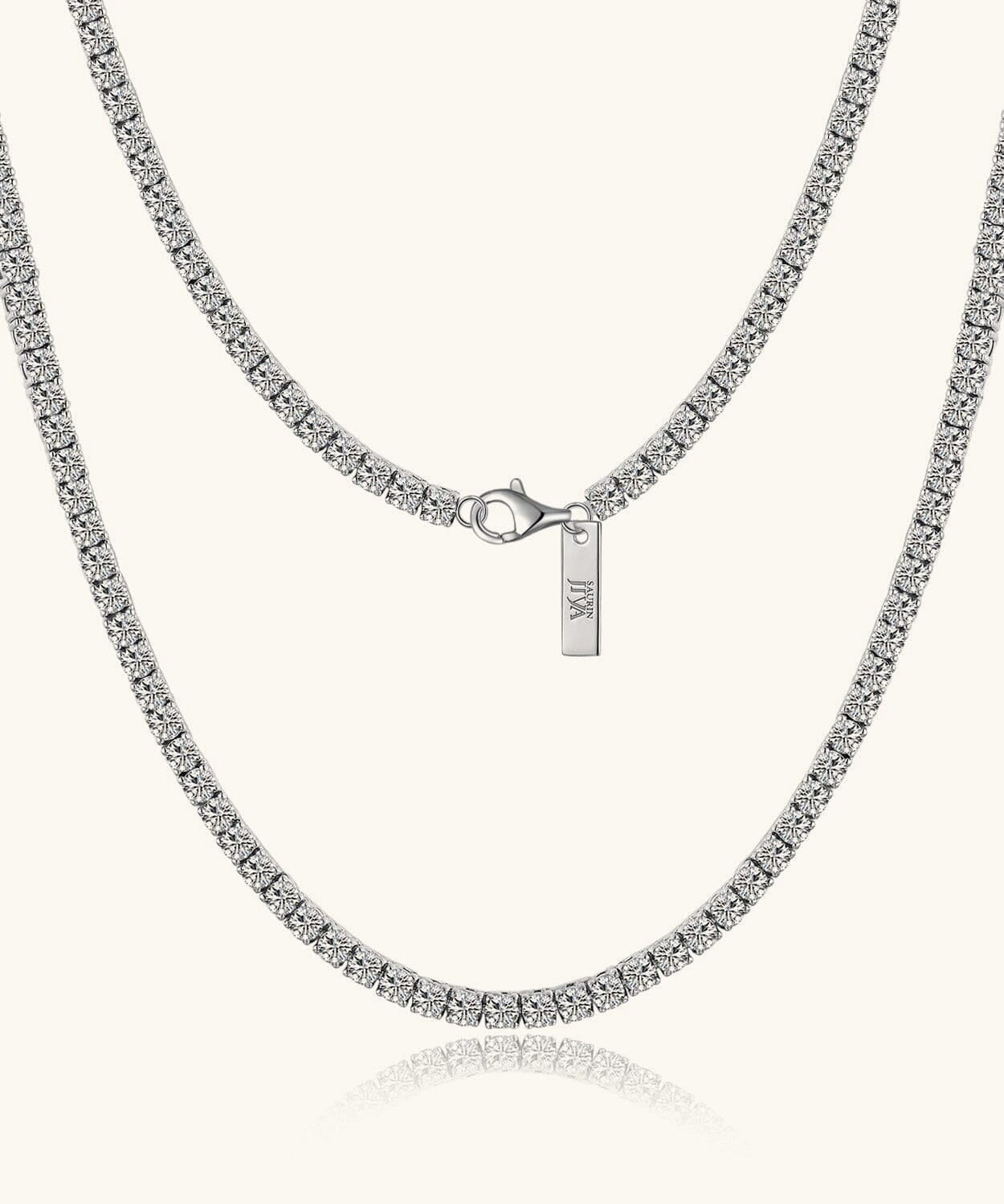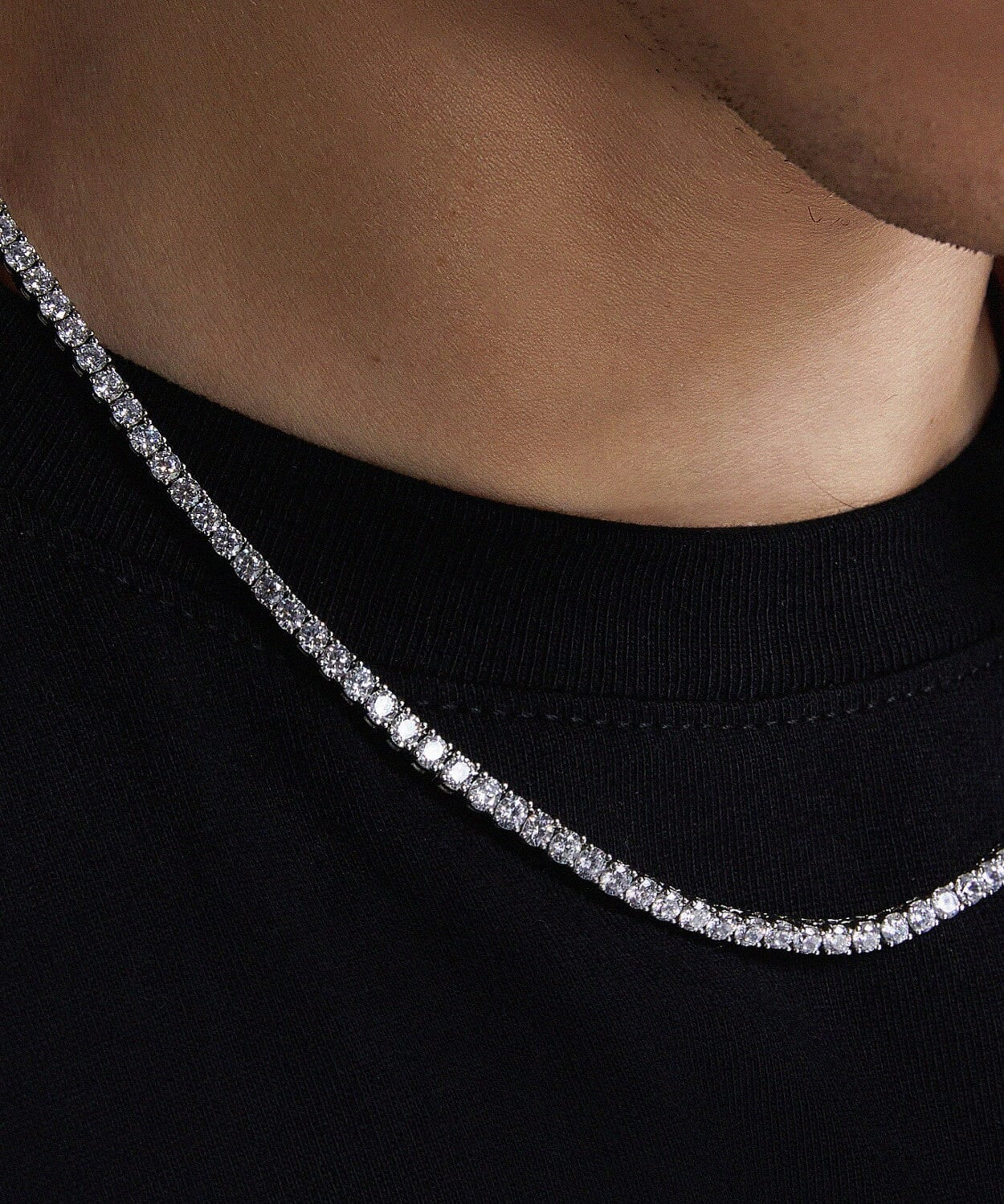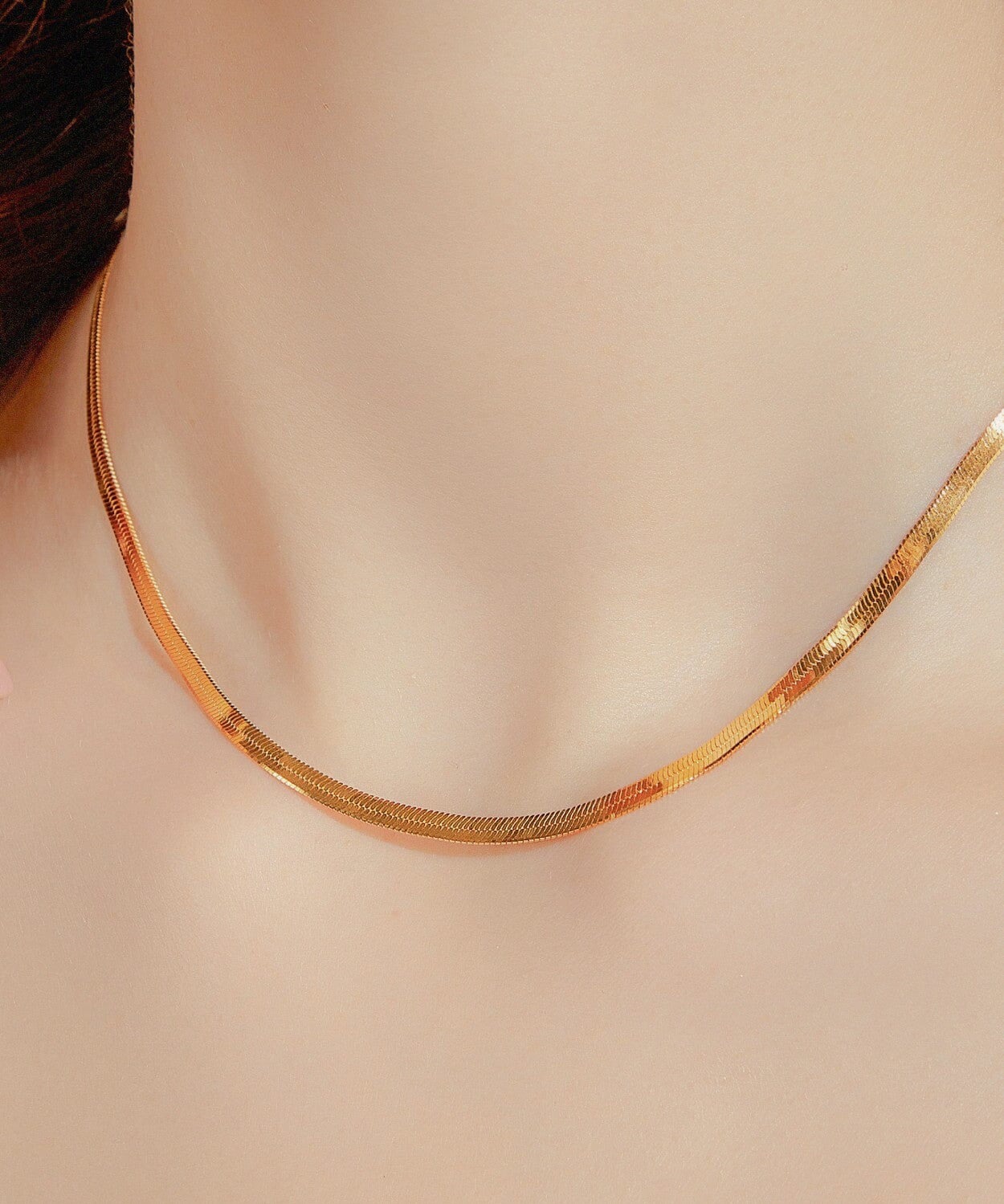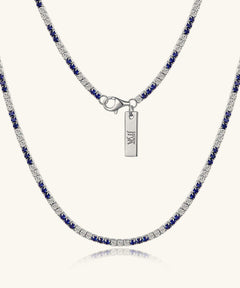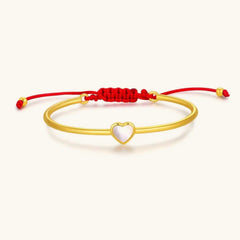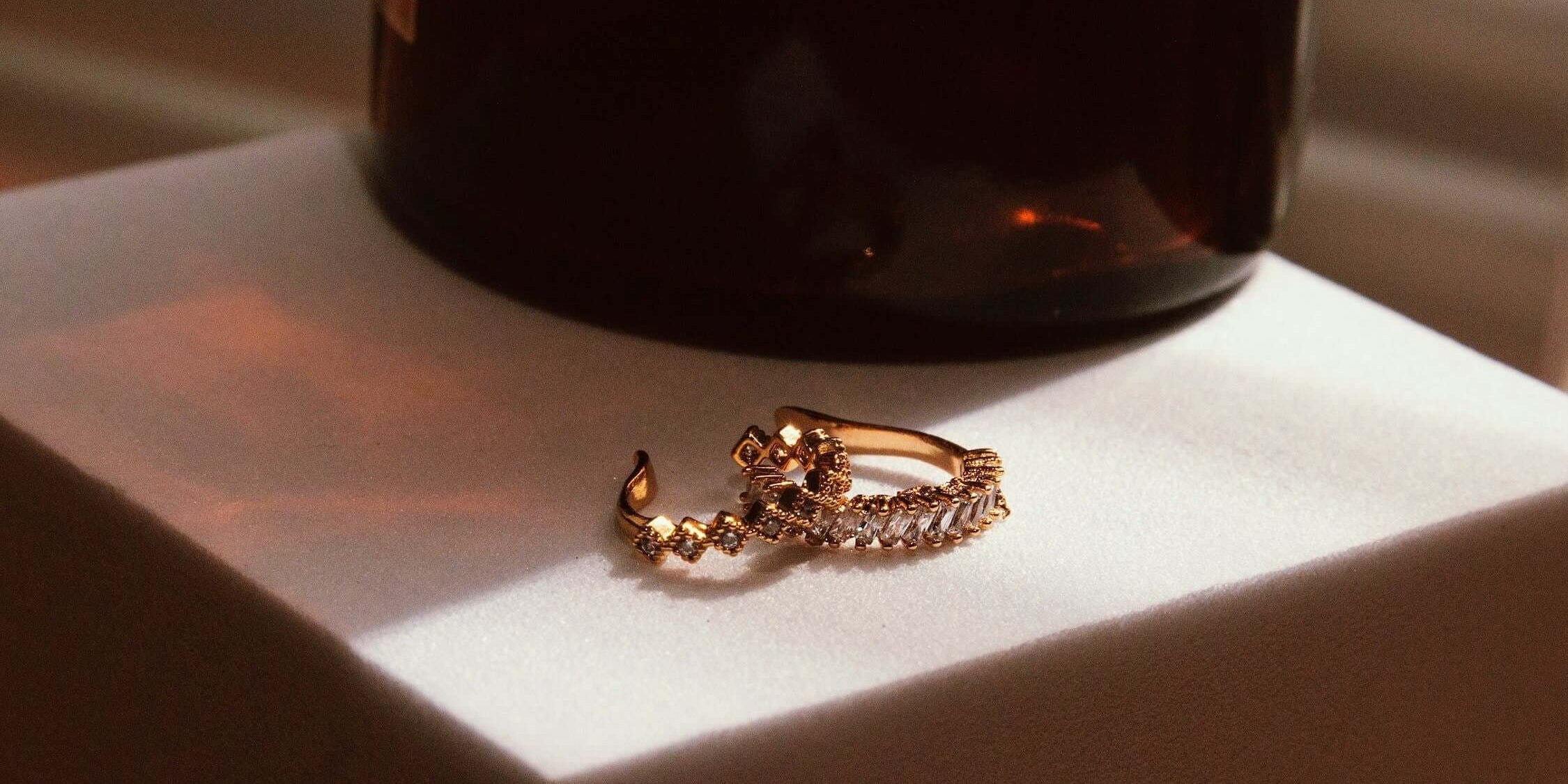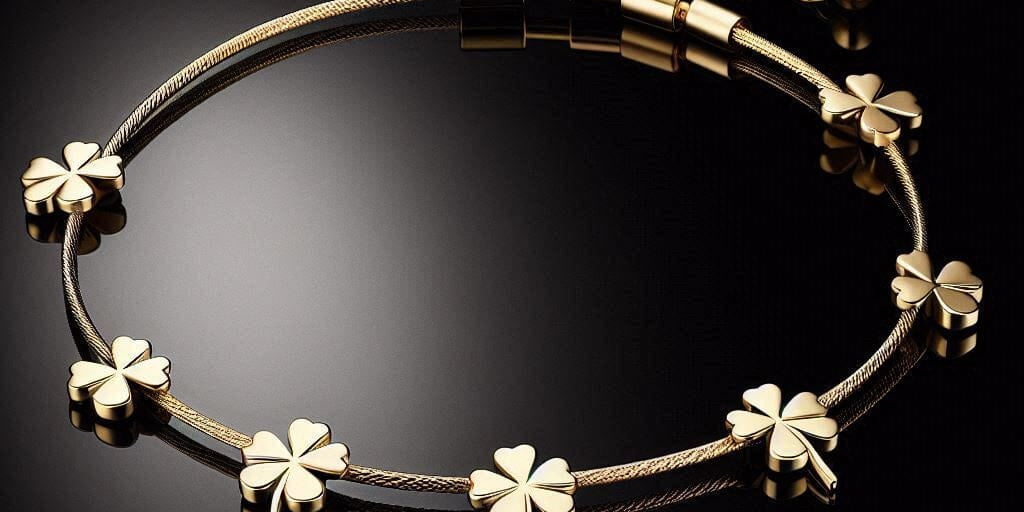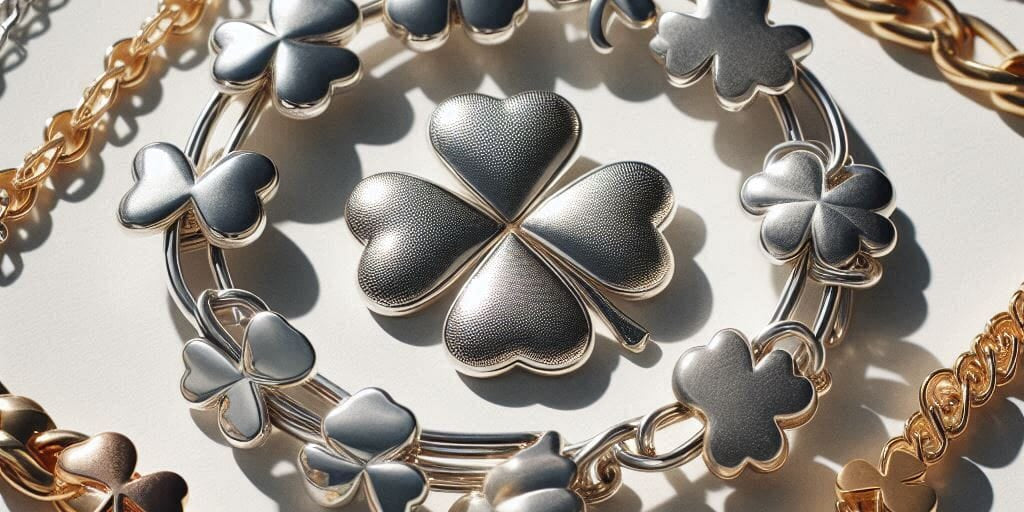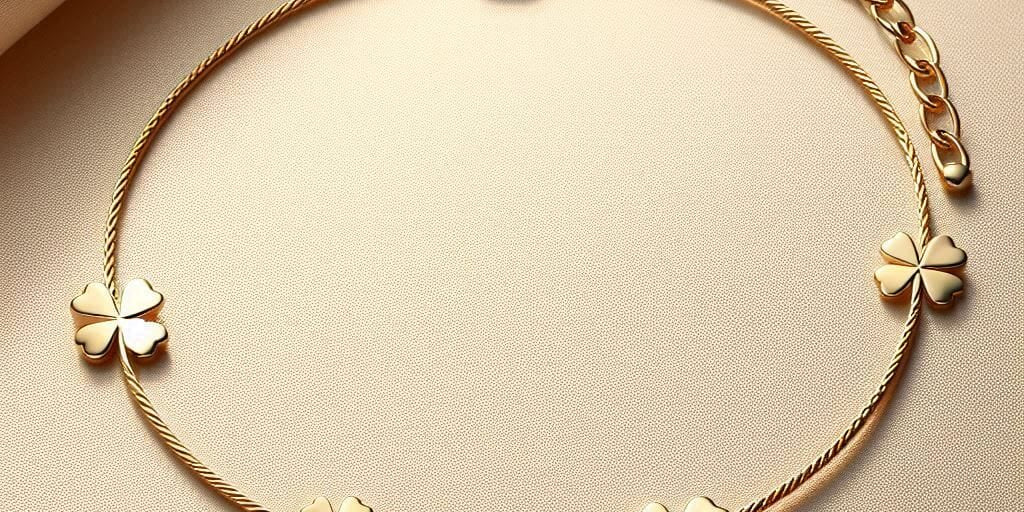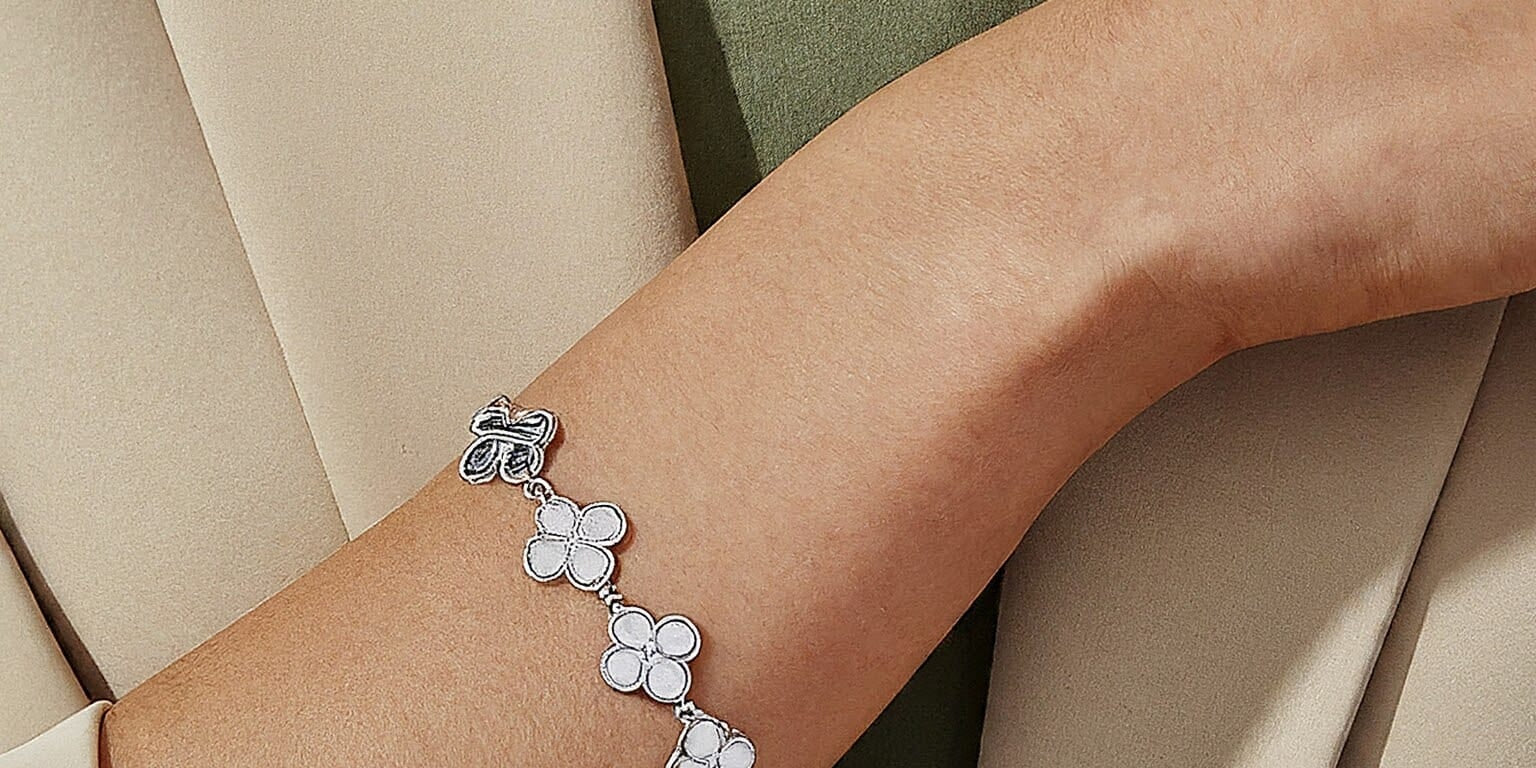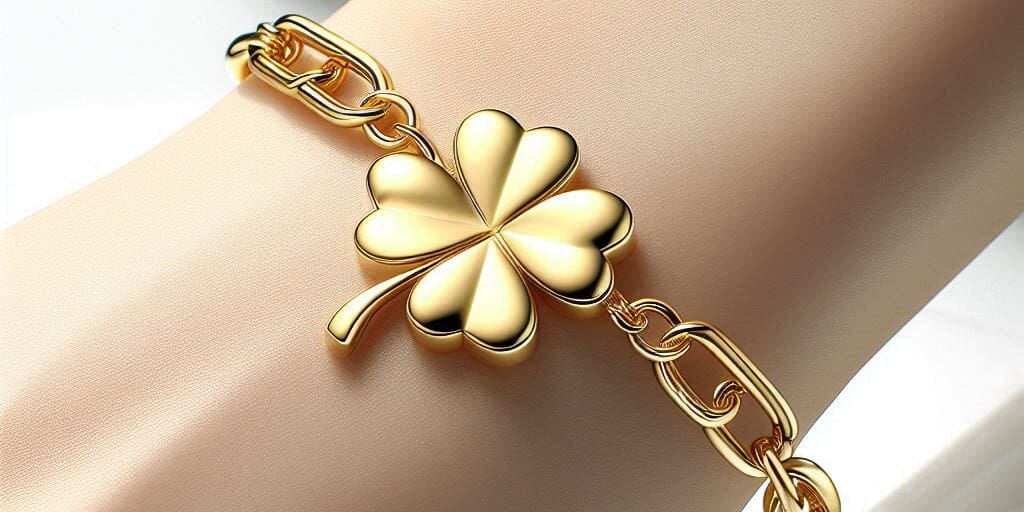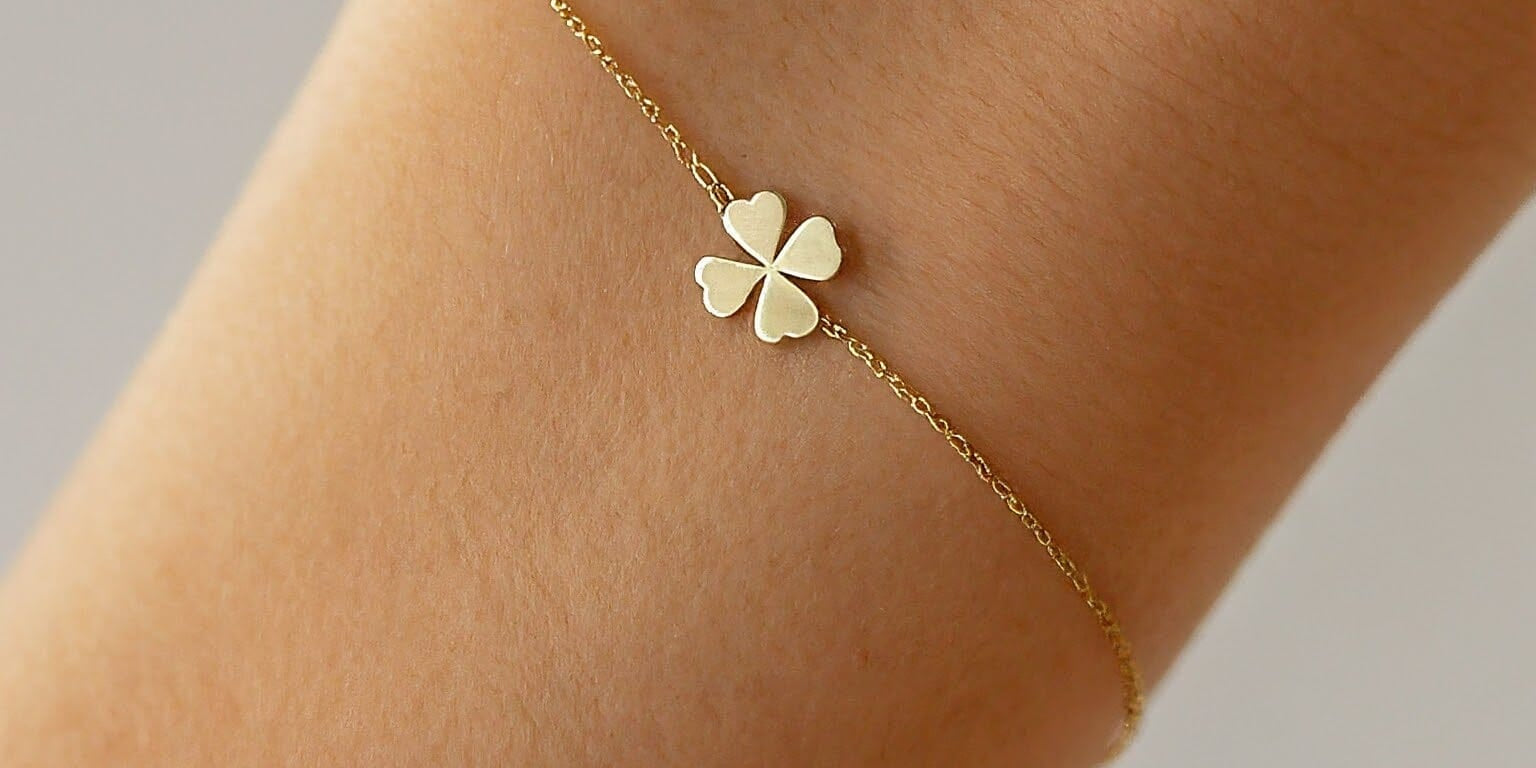Gold plating has adorned countless artifacts for centuries. But what exactly is this lustrous technique?
It is a method where a thin layer of gold is applied to the surface of another metal. Why might that be desirable?
Gold plating combines the coveted appearance of gold with the practicality of less expensive base metals. How does this process benefit the discerning jewelry buyer?
Basics of Gold Plating
Gold plating is a process wherein a delicate sheen of gold is meticulously applied over a base metal. By electrochemically or chemically transferring gold onto a conductive surface, pieces are imbued with a certain golden allure without bearing the substantial cost of a solid gold item. Not only does this enhance the aesthetic value, but it also allows for creative versatility, enabling a range of designs that might otherwise be prohibitive due to gold's high market price. However, it's critical to understand that gold plating doesn't equate to the durability and longevity inherent to pure gold; hence, such jewelry requires measured care to sustain its luster.
What Is Gold Plating?
Gold plating is the application of a fine layer of gold onto another metal's surface to afford it the glow of gold.
The allure of gold, accessible to all through the art of meticulous gold plating techniques.
This process marries the venerable beauty of gold with the affordability and practicality of base metals, offering an economic alternative to solid gold.
The result is an enchanting range of jewelry that boasts a coveted golden patina but necessitates careful maintenance for enduring radiance.
Gold Plating vs. Solid Gold
Understanding the distinction between gold plating and solid gold is pivotal for informed jewelry acquisitions.
- Composition: Gold plating involves covering a base metal with a thin layer of gold, while solid gold is an alloy throughout.
- Durability: Solid gold is inherently more robust and resistant to wear compared to gold-plated items.
- Value: Solid gold pieces maintain value over time, whereas gold-plated items may depreciate as the plating wears off.
- Cost: Due to the lesser amount of gold used, gold-plated jewelry is significantly more affordable than solid gold.
- Care: Gold-plated jewelry requires meticulous care to prevent the gold layer from fading; solid gold is easier to maintain.
Gold plating offers a cost-effective approach with a trade-off in longevity and resilience.
Gold's eternal allure comes at a premium in its solid form, signifying both luxury and a lasting investment.
The Gold Plating Process
The process of gold plating is typically an electrochemical affair, where an electrical current is used to deposit a thin layer of gold onto a conductive surface. The base metal, often made of copper, brass, or silver, is meticulously cleaned and prepared to ensure that the gold adheres properly and the finish is smooth and uniform.
This layer, generally measured in microns, confers a lustrous gold appearance to the item while utilizing significantly less precious metal than solid gold articles, thus making it a more economical option.
Preparing the Base Metal
The foundation of exquisite gold plating begins with meticulous preparation of the base metal, ensuring that it is free of any impurities that might mar the final product.
- Cleaning: Thoroughly clean the metal to remove oils, dirt, and existing tarnish.
- Polishing: Buff the metal to create a smooth surface for even coating.
- Rinsing: Use an ultrasonic bath or electrocleaning to rid the surface of polishing compounds.
- Activation: Submerge the metal in an acid bath to activate the surface.
- Striking: Apply a thin layer of metal to enhance gold adhesion if necessary.
Attention to detail during this phase is paramount for achieving a pristine and durable gold-plated finish.
A uniform and flawless layer of gold can only be guaranteed if the base metal undergoes proper preparation.
Electroplating Steps Explained
Gold plating transforms the appearance of an item by marrying aesthetics with science through a process called electroplating.
- Surface Preparation: The item is meticulously cleaned and polished to ensure a contaminant-free surface.
- Bath Composition: The correct formulation of the gold plating solution is prepared, with careful attention to the gold concentration and other chemicals.
- Setting Up the Electroplating System: The item is suspended in the solution and connected as the cathode with a gold anode placed parallel to it.
- Applying an Electrical Charge: A direct current is passed through the solution, causing gold ions to move towards and adhere to the item.
- Rinsing and Drying: Once the desired thickness is achieved, the item is rinsed to remove any residue and dried.
The consistency of the gold layer is contingent upon precise control across every step.
Maintaining the integrity of the decorative layer requires a symphony of precise timings and electrical settings, ensuring stellar results.
Applications of Gold Plating
Gold plating serves more than just an embellishment; it stands as a testament to functional versatility and enhanced durability. Frequented in the electronics industry, gold plating provides superior conductivity and corrosion resistance, facilitating reliable electrical connections. In jewelry, gold plating allows pieces to exude the luster of pure gold at a fraction of the cost, making luxury accessible. Medically, it's utilized for its biocompatibility in various implants and diagnostic devices. From the artisan's workbench to the operational heart of advanced technology, gold plating synthesizes elegance with practicality.
Jewelry and Ornamentation
Elegance meets affordability in gold-plated jewelry.
Rich in history, gold plating adorns with a veneer of opulence. From ancient empires to modern-day fashionistas, it has served as a popular choice for jewelry, promising the lustrous appeal of solid gold without the exorbitant price tag. Notably, the craft balances the pursuit of luxury with economic accessibility, enabling a wider range of consumers to enjoy the timelessness of gold's allure.
Gold plating embodies enduring charm.
The allure of gold-plated pieces lies in their versatility – whether it's a stately brooch from yesteryears or a contemporary minimalist necklace. This adaptability empowers individuals to express personal style through various designs, textures, and combinations while still harnessing the tradition-rich aesthetic of gold.
Consider gold plating for a sustainable choice.
As our awareness of sustainable practices grows, gold plating emerges as a thoughtful alternative to solid gold. By using less of the precious material, it offers a conscientious way to enjoy gold's beauty. Recognizing this, the jewelry industry of 2023 increasingly embraces gold plating as a viable mode of expression that champions responsible luxury. Each carefully crafted piece thus stands testament to an art form that marries aesthetic captivation with sustainability, reflecting the conscientious values of a discerning clientele.
Electronics and Connectivity
Gold plating is not exclusive to the realm of jewelry; it also finds critical use in the electronics industry. The extraordinary conductivity of gold makes it an invaluable material for electrical connectors, ensuring reliable performance over time.
In sophisticated electronics, gold plating is applied to various components, including circuit board connectors and integrated chip legs. This enhances corrosion resistance, providing a stable surface that maintains conductivity even in harsh environments.
Furthermore, gold plating plays a pivotal role in high-frequency connectors used in advanced telecommunications equipment. Here, the plating ensures minimal signal loss, exemplifying its importance in preserving the integrity of digital communications.
Connectors treated with gold plating are also found in medical devices where reliable functionality and resistance to sterilization methods are paramount. Its biocompatibility assures that it can be safely integrated into life-saving equipment.
By facilitating efficient energy and data transmission, gold-plated components underscore their essentiality in modern electronics, bridging the gap between luxury and practical utility. In this way, gold's luster enhances not only our adornments but also our daily tech experiences.
Caring for Gold-Plated Items
To preserve the allure of your gold-plated jewelry, conscientious care is imperative. It’s crucial to protect these pieces from abrasive substances and harsh chemicals which could compromise the delicate gold layer. After wearing, gently cleanse your gold-plated items with a soft, damp cloth to remove any oils or residues, and ensure they are thoroughly dried before storing. Store them separately in a protective pouch or lined jewelry box to avoid scratches and tangling. When done consistently, these practices can significantly extend the radiance and longevity of your gold-plated treasures, allowing them to maintain their captivating shine for years to come.
Cleaning Tips
When handling gold-plated jewelry, always treat each piece with the utmost delicacy and respect it deserves. Vigorous scrubbing can rapidly deteriorate the thin layer of gold, leaving the base metal exposed and susceptible to tarnishing and corrosion.
To maintain the sheen, employ a very soft cloth lightly dampened with warm water, and if necessary, a small drop of mild dish soap. Avoid using any abrasive materials or harsh chemicals that could strip the gold finish. After cleaning, rinse the jewelry gently with lukewarm water to remove any soap residue, then dry it thoroughly with a soft, non-abrasive cloth to prevent any water spots or streaks from forming on the surface.
Periodically, it's also advisable to use a specialized jewelry cleaning solution designed for gold-plated items. These solutions are formulated to be gentle on the gold surface while effectively removing dirt and grime. Apply the cleaning agent as instructed, but exercise caution to avoid soaking the jewelry, which might loosen adhesives or harm certain gemstones.
Should your gold-plated jewelry exhibit signs of tarnish or discoloration, seek professional cleaning services rather than attempting to polish it aggressively. Overzealous polishing can strip away the plating and irrevocably damage the jewelry's appearance. It's prudent to entrust the restoration of your gold-plated pieces to experts who have the appropriate techniques and materials to rejuvenate them without compromising their integrity.
Longevity and Wear Prevention
Proper care maximizes gold plating endurance.
Gold plating's longevity isn't fortuitous; it's meticulously cultivated. Delicate handling and storage immensely contribute to preserving the thin gold layer. Routinely inspect jewelry for signs of wear—clasps, chain links, and high-friction contact points are particularly susceptible. Conversely, negligence and rough handling exponentially accentuate the deterioration rate, eroding the radiant facade that initially captivated you.
Invest in soft protective pouches for each piece.
Specific habits can mitigate gold plating wear. For example, removing jewelry before physical activities—such as bathing, swimming, or exercising—can prevent premature wear. Additionally, avoiding exposure to chemicals, including perfumes, lotions, or household cleaners, helps maintain the plating's luster.
Keep your jewelry away from harsh chemicals.
As in safeguarding investments of any nature, proactive attention to detail is paramount. Promptly repair any detected damage to avoid further degradation. Aligning with gold's precious nature, treat your gold-plated jewelry with the reverence it deserves and it will continue to offer its brilliant aesthetic in return.
Regular inspections and immediate repairs are crucial.
For further assurance of your jewelry's longevity, consider seeking periodic professional inspections. Skilled jewelers can offer cleaning services, assess for any signs of wear, and recommend necessary actions to preserve your treasured pieces. Rest assured, with diligent care, your gilded adornments can maintain their splendor for years to come, embodying both the moments you cherish and the attention you've invested in their upkeep.
